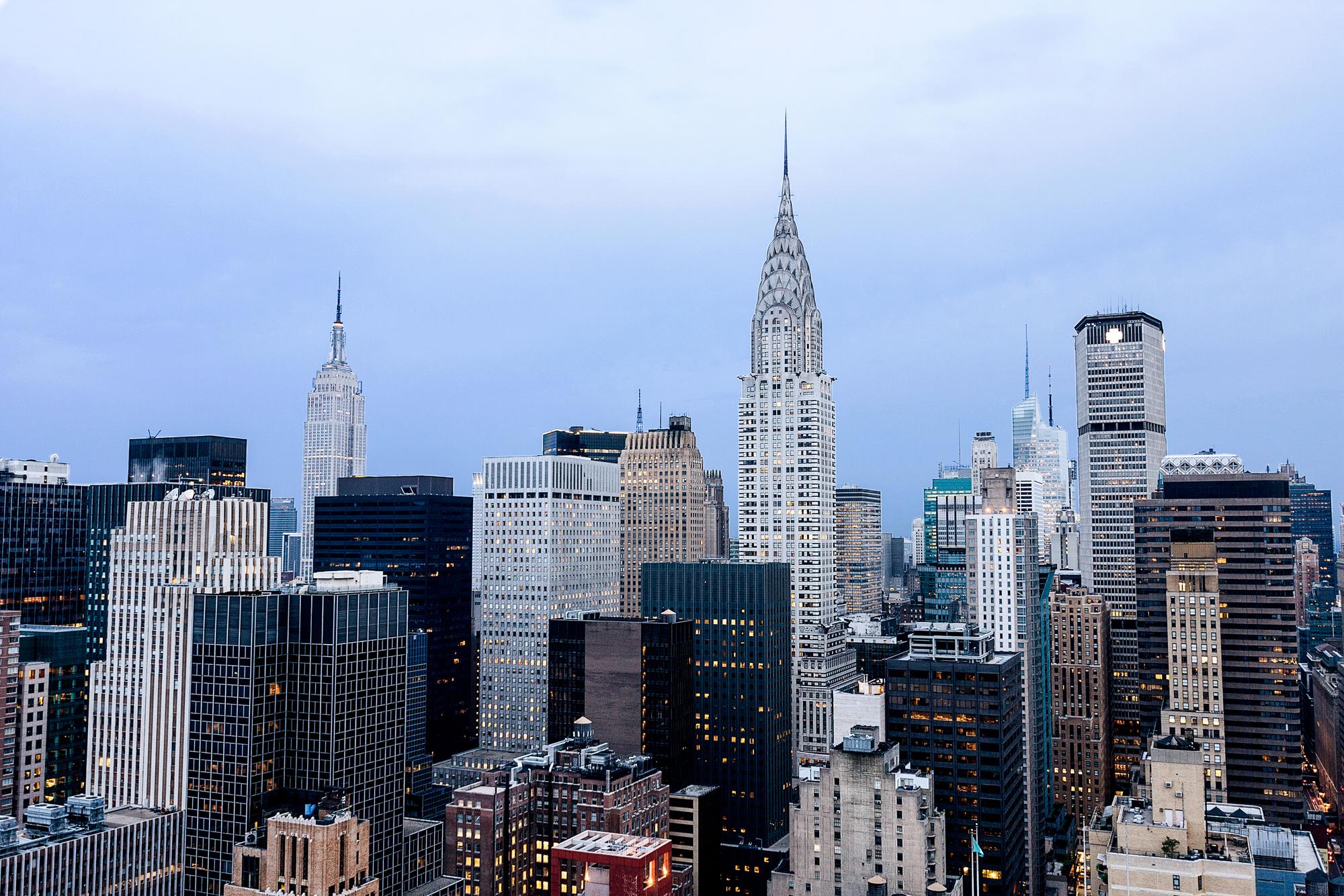To accelerate the green transition, we can’t hide industries out of sight – we need global cooperation
When talking about the global challenges we face in the stainless steel industry, working for a global business provides a great perspective on the way forward.
I’ve worked in Outokumpu for more than 10 years. I started based in Finland but have spent the last four years based in Calvert, Alabama. In that time, I’ve seen Outokumpu grow in the market, strengthen our business and take a real leadership position in sustainable stainless steel.
From this global perspective, the writing on the wall is clear: it’s time to drive change in the green transition. Any business or industry that isn’t taking their role in the green transition seriously is at risk of falling behind.
That’s certainly true for the stainless steel industry: carbon and stainless steel production accounts for around 10% of global greenhouse gasses. However, it’s a material that will be required to drive the green transition and future low-carbon solutions – including critical applications for renewable energy and electric vehicles.
Steel has countless applications, and the world will need more stainless steel to drive the green transition
With a challenge this big, local solutions to drive the green transition aren’t enough. My transatlantic experience at Outokumpu has allowed me to see risks and opportunities in how governments, industries, investors and businesses think about the green transition
One such risk is the fallacy that removing high-emitting industries from local economies represents progress. It might, on the surface, create the illusion of “cleanliness” and progress towards decarbonization. However, this is merely shifting the problem out of sight – and in fact, can even
increase emissions needed for every imported ton, in addition to the destruction of local jobs and industries.
Without a global effort to change how industries operate, we’ll only end up shifting emissions around the world without having the ambitious decarbonizing impacts we need to align with the Paris Agreement. It’ll take governments, businesses, investors and consumers to drive the needed changes. Whether that’s increasing low-carbon energy production, implementing trade measures, or even a global carbon pricing mechanism, these solutions cannot be accomplished in a silo.
I’m optimistic there are paths forward for industries to become sustainable. While stainless steel has had such a significant impact on carbon emissions, we at Outokumpu have shown how it’s possible to decrease emissions – which has led to us having the lowest carbon footprint in the industry, at 75% below the industry average. Last year our use of recycled materials in our stainless steel products hit 95%, an all-time high.
The big question is how Outokumpu, our industry, and the world keep improving to meet our sustainability goals. I’m looking forward to discussing this topic with other representatives from industry, government, and beyond at this year’s Climate Week NYC. Feel free to follow me on LinkedIn or say hi if we cross paths during Climate Week.

